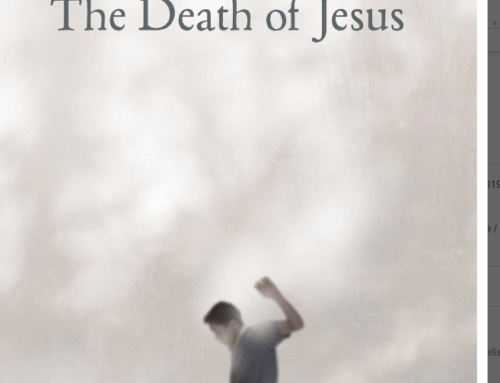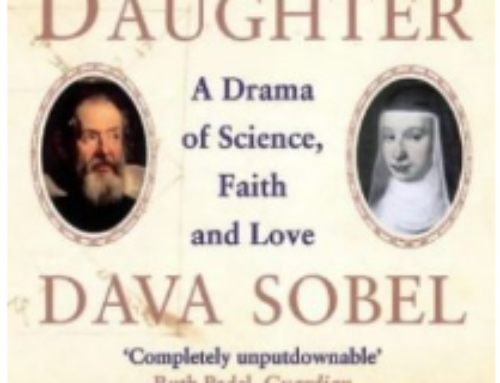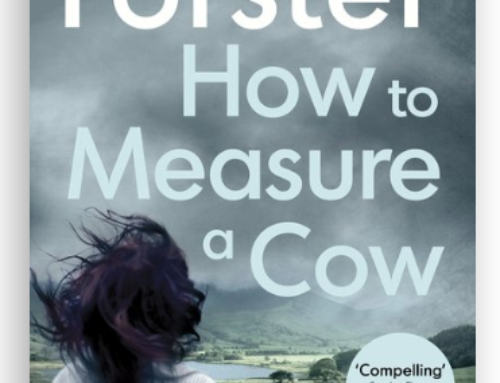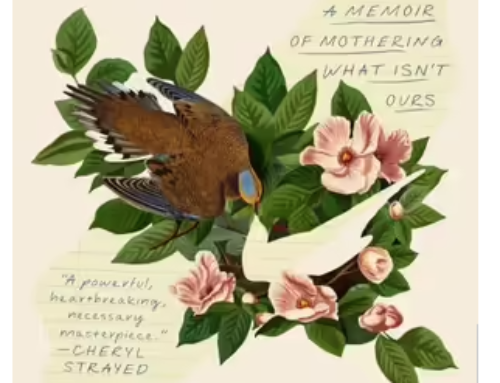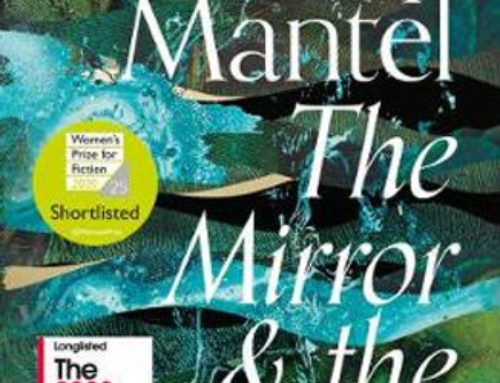Charlotte Bronte: A Passionate Life, by Lyndall Gordon. Highly recommended for readers who love women’s writing, especially the Brontes. I was attracted to it because I recently read Elizabeth Gaskell’s Life of Charlotte Bronte, and I read and reviewed Gordon’s terrific biography of Emily Dickinson a few years ago: Lives Like Loaded Guns. The Bronte biography takes us into the short and remarkable life of the third of six children born to Patrick Bronte and his wife, Maria Branwell, who died when Charlotte was five. Charlotte died at age 39. These bare numbers cannot tell the tale of passion, suffering and genius that was condensed into this family’s story. One more number… the average age of death in Haworth, where the Brontes lived from when Charlotte was 4, was 25.
I cannot possibly summarise the complex emotions of this passionate life, and will try to express what, for me, is the essence of the biography by quoting Gordon. Charlotte was a survivor who ‘witnessed six curtailed lives’ (her mother’s and her siblings’) and found ‘new forms of imaginative life within plots of existence which would have deadened others: the effaced governess, the useless “spinster”, the dutiful wife and daughter’. In her marriage to her father’s curate, Arthur Nicholls, at age 38, she chose life above art, knowing that married life would not include space and time for writing. She was a woman who ‘walked invisible’.
‘Only in novels did she emerge fully; there, alone, did she call up men adventurous enough to give assent to the woman to be.’ Gordon not only takes us into the inner life of Charlotte, expressed in her writing and her letters, and the events that marked her pilgrimage, but gives a subtle and complex interpretation of the novels, both published and in fragment form.
